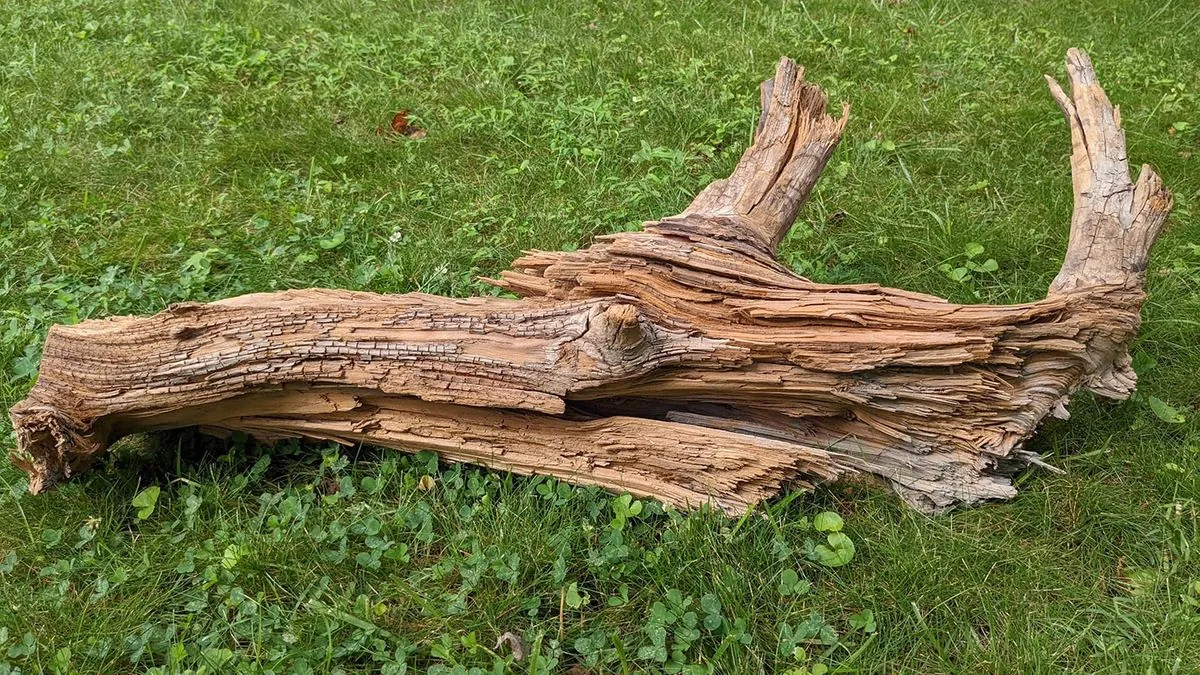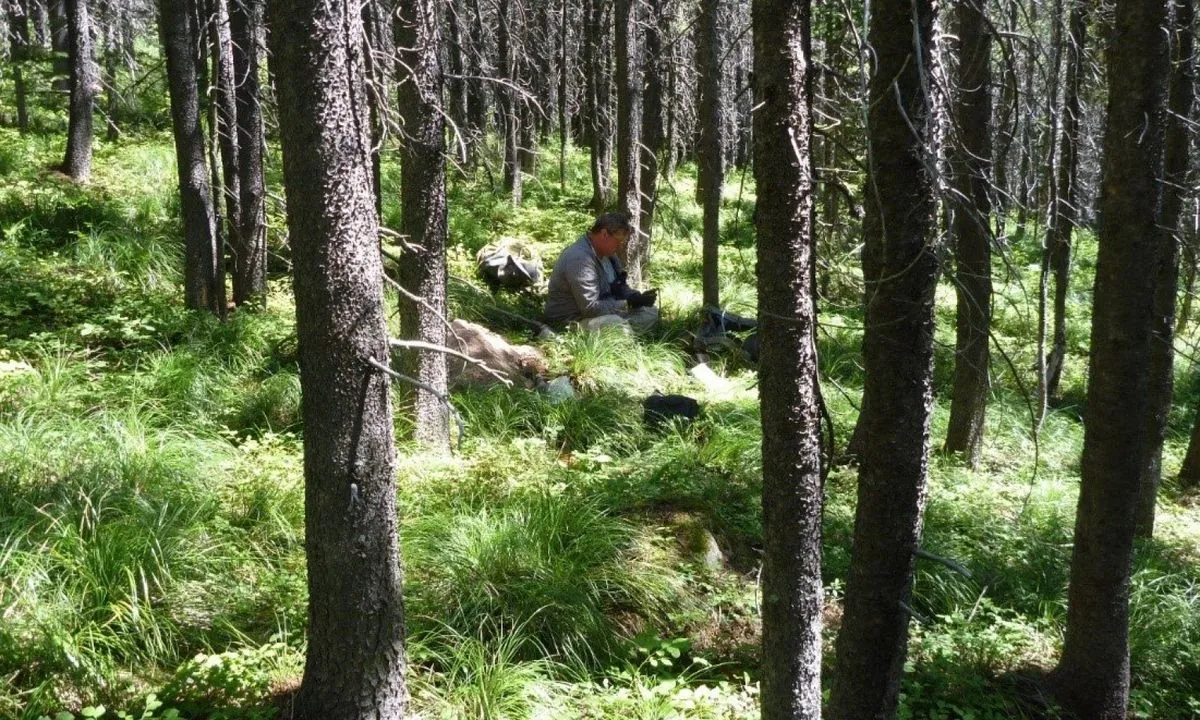Ancient Log Discovery Unveils Potential Climate Change Solution
A 3,775-year-old cedar log found in Canada reveals a simple yet effective method for carbon sequestration. Scientists propose burying wood to lock away CO2 for millennia, potentially slowing global warming.

In a groundbreaking discovery, scientists have unearthed a 3,775-year-old eastern red cedar log in Canada, offering a potential solution to combat climate change. This accidental find, dating back to approximately 1751 BCE, has shed light on a deceptively simple method of carbon sequestration that could help mitigate rising global temperatures.
The ancient log, found buried 6½ feet underground on a farm near Montreal, has retained its structural integrity despite its age. This preservation is attributed to the unique conditions in which it was entombed. The log was surrounded by stagnant, oxygen-deprived groundwater and covered by an impermeable layer of clay, preventing decomposition by fungi and insects. Additionally, lignin, a component that makes up about 20-30% of wood's composition and is resistant to decay, protected the wood's carbohydrates from subterranean bacteria.

Ning Zeng, a climate scientist from the University of Maryland, led the team that made this serendipitous discovery. The find occurred in 2013 during an experiment to test the feasibility of burying wood for carbon sequestration. Zeng stated, "This accidental discovery really gave a critical data point. It provides the data point we need to really say under what conditions we can preserve wood for a thousand years or longer."
The implications of this discovery are significant in the context of global efforts to limit warming to 2°C above pre-industrial levels, a goal established in the 2015 Paris Agreement. Forests, which cover about 31% of the world's land surface, act as Earth's lungs, absorbing six times more carbon dioxide than human-generated emissions from fossil fuels. However, much of this carbon is quickly released back into the atmosphere through natural decomposition processes.
The research team proposes a method of intentionally burying wood in "wood vaults" under specific conditions to lock away carbon for thousands of years. This approach could potentially sequester up to 10 billion tons of CO2 annually, which is more than a quarter of global emissions from energy production.
"We were trying to do a small pilot project at first. At the time, I was already thinking that it was a good place to do this."
While the concept shows promise, challenges remain. Daniel L. Sanchez, an assistant professor at the University of California at Berkeley, who was not involved in the study, noted, "Scientists and entrepreneurs have long contemplated burying wood as a climate solution." The main hurdle lies not in the supply of wood but in the logistics and costs associated with transporting it to suitable burial sites.
Interestingly, this proposed solution bears a striking resemblance to the very process that created fossil fuels. Coal, a major contributor to rising temperatures, forms when vegetation is buried underground for millions of years. In essence, wood vaults would reverse this process, returning carbon to the earth instead of releasing it into the atmosphere.
As the world grapples with the urgent need for effective climate change solutions, this ancient log discovery opens up new possibilities. The simplicity of the method – requiring only a tractor and a backhoe – contrasts sharply with more complex and expensive carbon capture technologies. With further research and implementation, burying wood could become a valuable tool in our arsenal against global warming, offering a way to lock away carbon for millennia to come.


































